Relative Bond Work Index BWi | Comparative Grindability Test Procedure
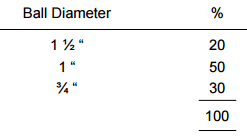
The test is designed to give a reasonable indication of the grinding work index of an ore material relative to one or more known standards. It is not applicable to mill tailings material. Basic Equipment Set of screens @ 75 to 2440 micron sizes. Ro-Tap Sieve Shaker Ball mill rolls CMS ball mill No.1 with approximately […]
Bond Grindability Test Procedure

The Bond Ball Mill Grindability test is designed to give a measure of the grinding characteristics of a material by finding the amount of size reduction resulting from a controlled energy input. Ball Mill Grindability of a material depends upon its hardness, structure, the manner in which it is fractured. The grindability is useful in evaluating power requirements […]
Bond Impact Crushing Work Index -Procedure
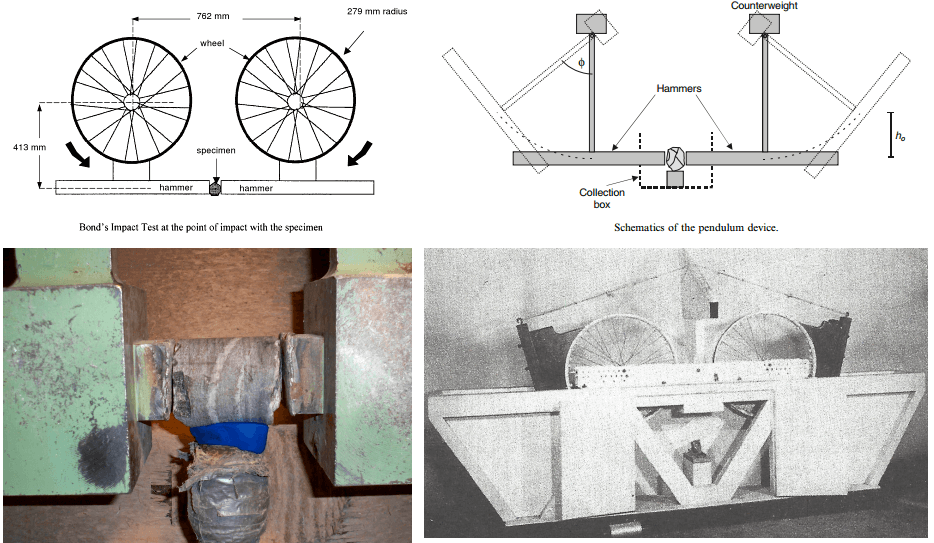
Sizing a crusher can be done reliably calculated thanks to the Impact/Crushing Work Index and the testwork research done by Fred Chester Bond and his 1952 paper. According to Bond’s Third Theory of Comminution, the work/energy input is proportional to the new crack tip length created during particle breakage and equivalent to the work represented by […]
Bond Work Index Procedure and Method
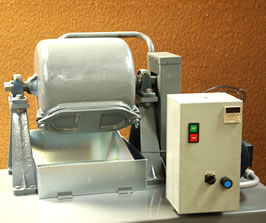
This Grindability Test or Bond Ball Mill Work Index Procedure is used to determine the Bond Work Index of minus six mesh or finer feed ore samples. These equation application methods are used to process <1/2″ ore samples in a Ball Mill using a standard ball charge. Below describes in general terms the Bond Work Index […]
Gold/Silver Leaching with Sodium Zinc Cyanide
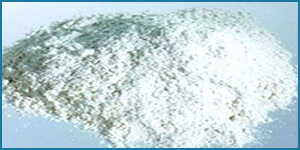
Dissolution of Precious Metals in Sodium Zinc Cyanide: The dissolving effect of sodium zinc cyanide on precious metals has been the subject of much discussion. According to one researcher, pure K2Zn(CN)4 in the presence of oxygen dissolves gold with the formation of gold potassium cyanide and zinc oxide. Another researcher compared the dissolving effects of KCN and […]
Titration of Cyanide Solutions

Titration of Cyanide Solutions Containing Dissolved Zinc: Sodium zinc cyanide reacts with silver nitrate to precipitate zinc cyanide: Na2Zn(CN)4 + AgNO3 = Zn(CN)2 + NaAg(CN)2 + NaNO3 In the presence of an alkali, considerably more silver nitrate must be added to sodium zinc cyanide before a precipitate is formed. Many investigators have claimed that this […]
Effect of Temperature on Gold Cyanidation

When heat is applied to a cyanide solution containing metallic gold, two opposing factors affect the rate of dissolution. The increase in temperature would be expected to increase the activity of the solution and thus increase the rate of dissolution of gold. At the same time the amount of oxygen in the solution would decrease […]
Locked Cycle Testing -Flotation
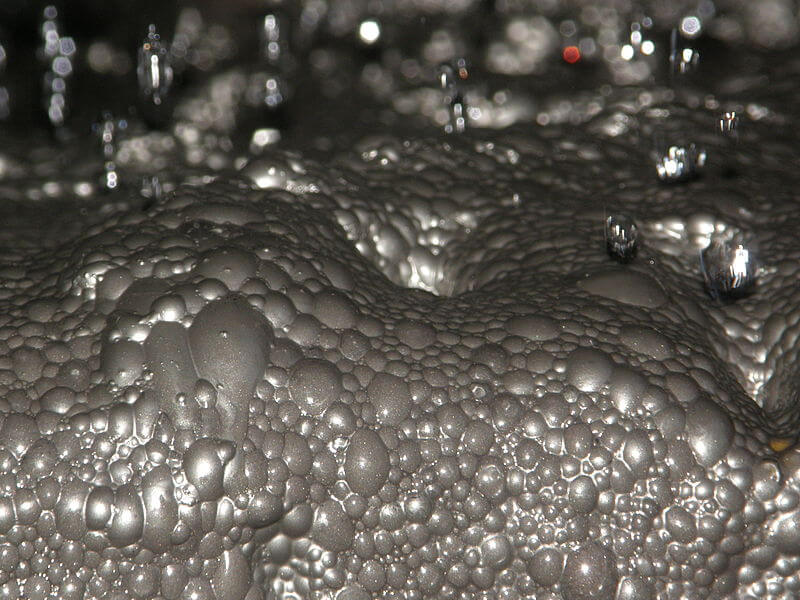
Flotation Locked Cycle Testing has been the favorite method for arriving at a metallurgical projection from laboratory flotation testing in the mining industry in the last decade, mostly because the final cycles of the test mimic a continuous circuit. The difference is that, in a batch test, “the deportment of the intermediate streams to concentrate […]
Levin Grindability Index Test Method & Procedure
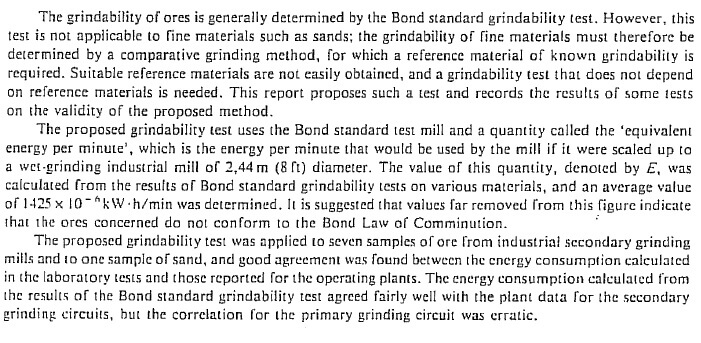
The Ball Mill Grindability of ores is generally determined by the Bond standard grindability index test method. However, this test and procedure is not applicable to fine materials such as sands; the grindability of fine materials must therefore be determined by a comparative grinding method, for which a reference material of know grindability is required. Suitable […]
Quick Grind Check -How to Quickly Estimate Grind Size or P80 | Operator Tips
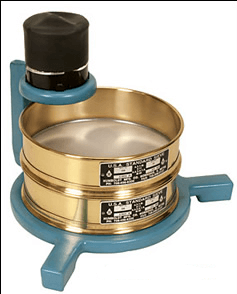
An easy and fast/quick way for grinding operators to get an idea and estimate their grinds is to follow this procedure. https://www.metcomconsulting.com/ Using a calculator an those 2 simple tools will get you a fast P80 or Pxyz. This great simple tool/method lets you estimate the grind size of any stream using a wet vibrating […]
